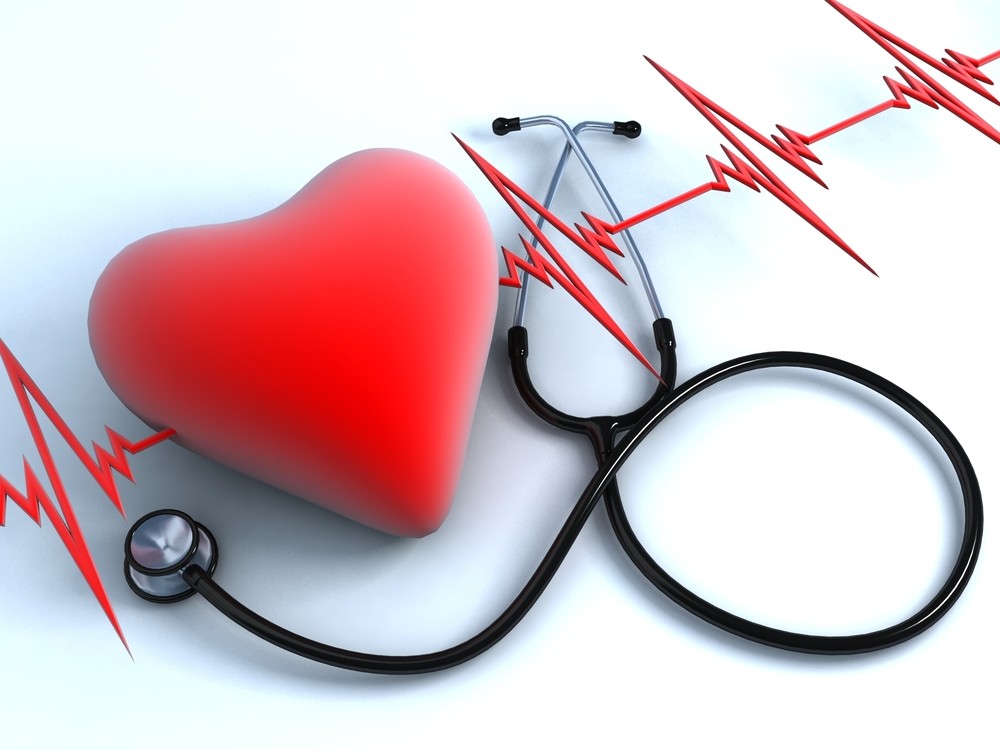
Health screening is a method used worldwide in clinical practice as a method of prevention of diseases and illness. Generally, there are three types of prevention levels for a disease. The primary prevention is done to minimize your risk factors towards the occurrence of a disease, for example having a well balanced diet and active lifestyle to prevent cardiovascular diseases. Secondary prevention is targeted on screening methods, either done individually or in a mass screening to detect asymptomatic patients and symptomatic patients to make a clinical diagnosis.
While, tertiary prevention is to prevent the progression of diseases towards complications. As has been explained earlier, health screening is categorized under secondary prevention to detect asymptomatic and symptomatic patients. There are various kinds of health screening commonly practiced worldwide. Continue reading this article to know more about health screening options.
1. Cardiovascular disease screening
First, you need to understand what are the risk factors for cardiovascular disease. There are hypertension, diabetes, high blood cholesterol, obesity and familial hypercholesterolaemia. All these parameters are screened individually by using various methods. For obesity, body mass index (BMI) and waist circumference are commonly used to stratify your class of obesity. Hypertension on the other hand is screened by using blood pressure monitoring devices and is commonly done annually or 3 to 6 monthly depending on your systolic and diastolic reading.
High blood cholesterol is screened by using fasting and non fasting lipid profiles, while capillary blood glucose levels are used to screen diabetes. Apart from this, other risk factors such as sedentary lifestyle and smoking are also taken into account to count your total risk for cardiovascular disease. Tools like the Framingham Score are also used as a guide to screen these patients.
2. Cervical cancer screening
Cervical cancer is one of the top 5 cancers affecting women worldwide and it is a preventable cancer by using vaccines in the teenage age. Cervical cancer is screened by using a method called pap smear. This is commonly done as an outpatient procedure in clinics and hospitals. It is basically a method to obtain a little tissue of your cervix to be examined in the laboratory for any atypical or cancer cells. Further management is usually following the results of pap smear as this is only a screening test and not diagnostic. HPV testing is also used as a screening method sometimes.
3. Breast cancer screening
Breast cancer is the most common cancer causing deaths among women. It can be detected earlier by doing a clinical or self breast examination. For women aged 50 to 74 years old with risk factors for breast cancer are screened by using mammograms.
Screening methods for colorectal cancer is based on your risk factors. Generally, they can be divided into two categories. One is faecal tests which are guaiac based faecal occult blood test (gFOBT) or immunochemical faecal occult bleeding test (iFOBT) and stool DNA test. Next is a partial or full structural examination using flexible sigmoidoscopy, colonoscopy, double contrast barium enema and computed tomography colonography.
5. Mental health screening
Depression and anxiety has become a global public health issue with major consequences to individuals and countries. Mental health disorders can also be screened among the public to prevent hazardous consequences like suicide and such. Routine screening tests like Whooley questions and Two Questions on Depression and One Question on Help (TQWHQ) are the two most common screening tools used worldwide. For specific disorders like depression, Beck Depression Inventory is used widely.
6. Screening for the elderly
This screening test is indicated for geriatric patients aged 65 years and more. The screening test for elderly includes hearing loss, visual impairment, risk of fall, dementia and urinary incontinence.

